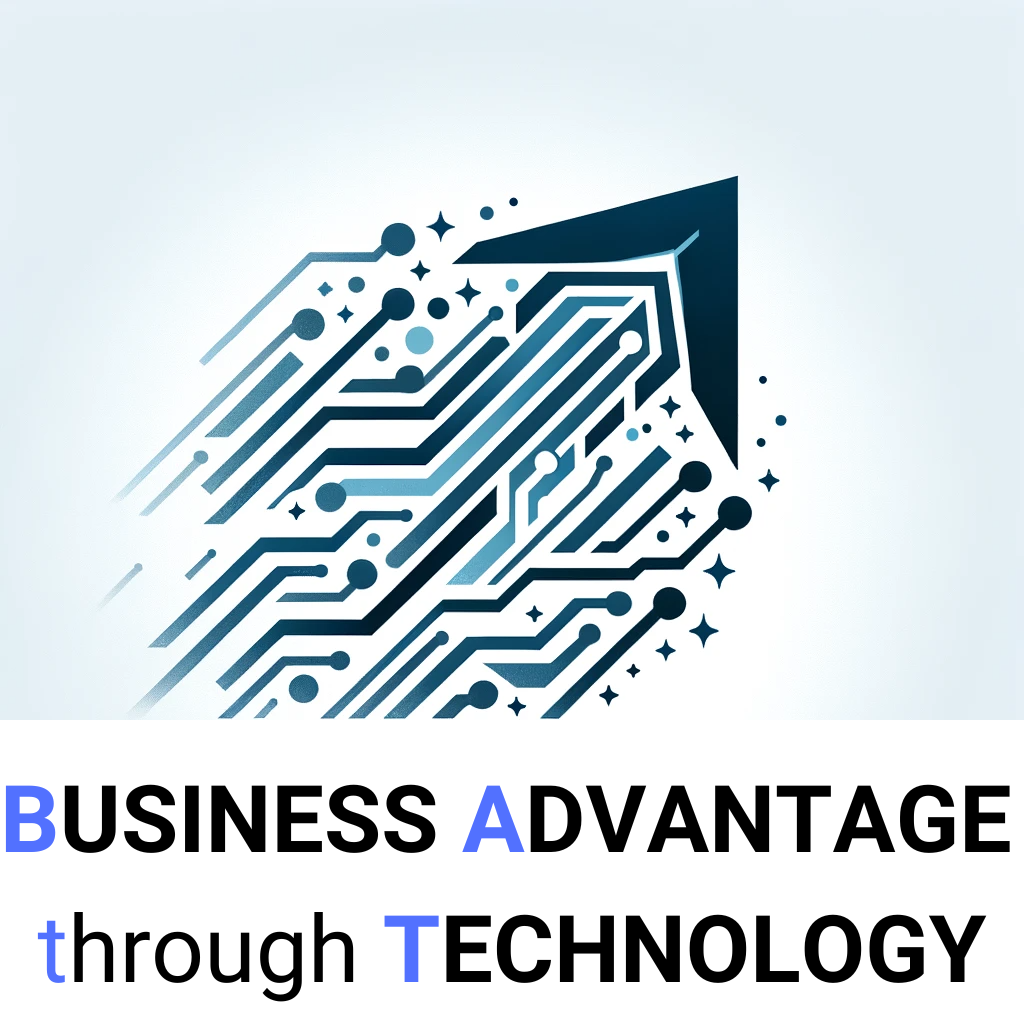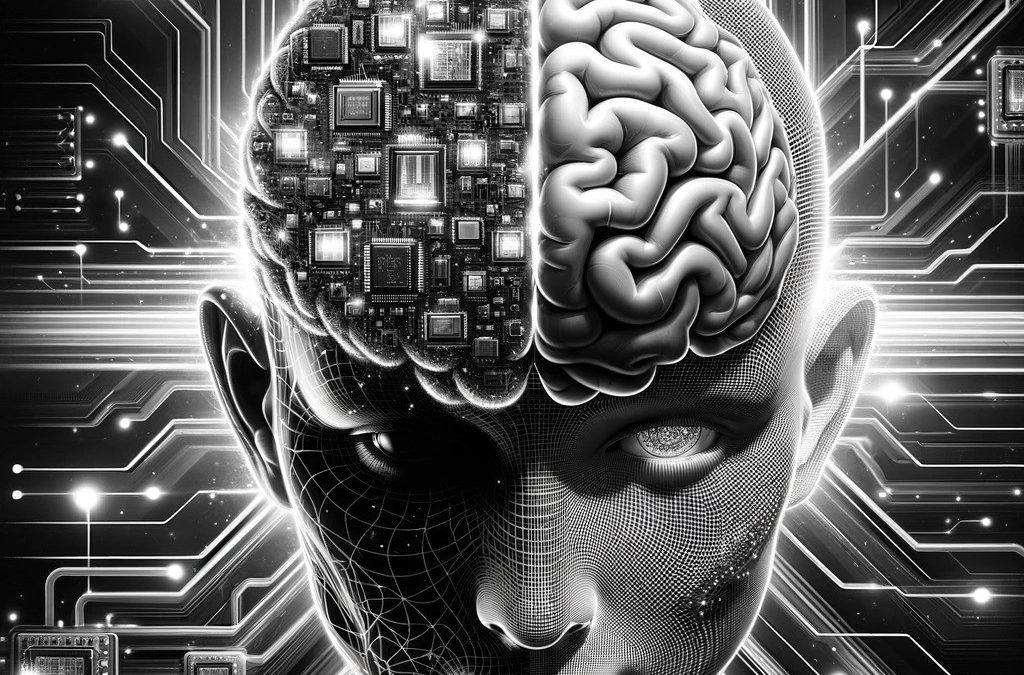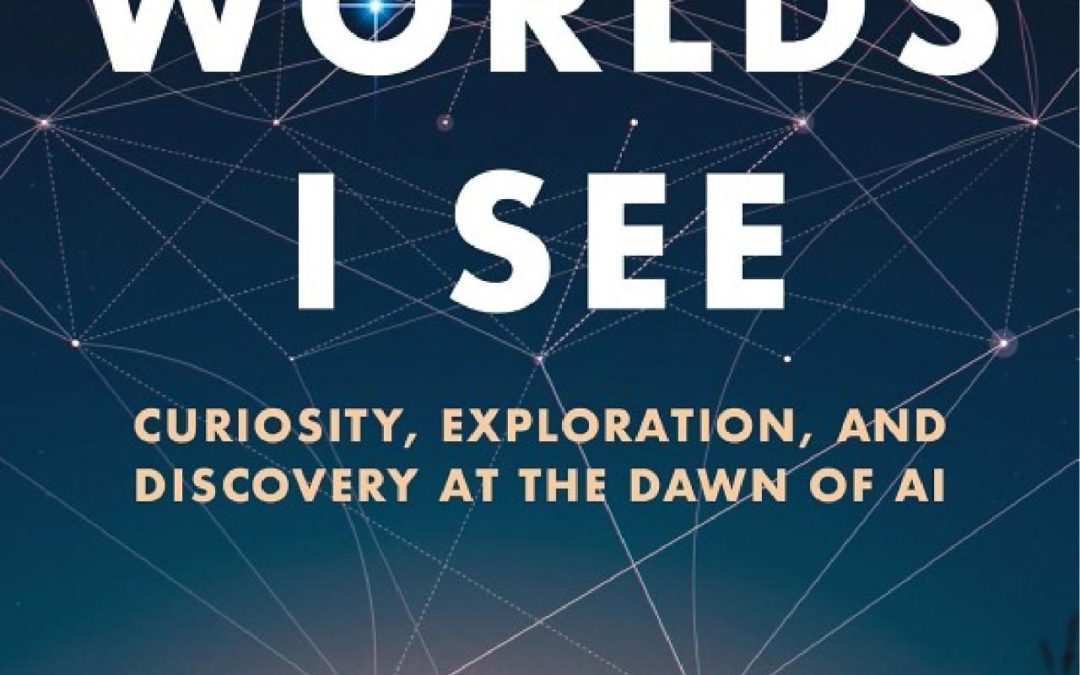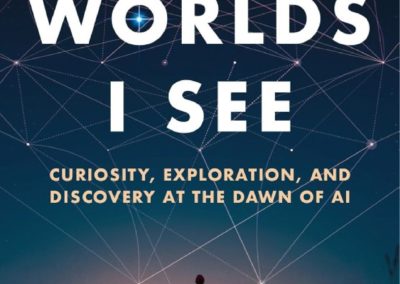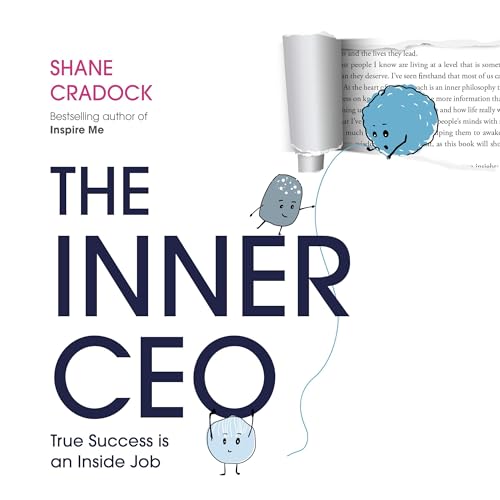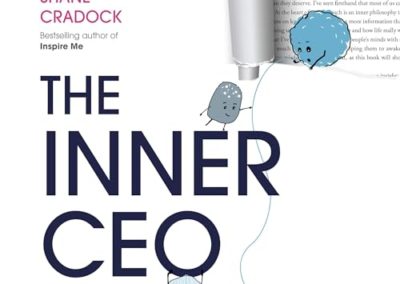EHR now paying multiple dividends
Have EHRs been good for patients?
Good piece by Giles Bruce in Becker’s Health IT last week: ‘Have EHRs been good for healthcare?’ And interesting commentary by Kelan Daly of KPMG on Linkedin same week referencing KPMG partner Alberto di Negri in Italy, rolling out ‘Regional Electronic Health Records in Italy’.
Having spent 15 years or so working with Electronic Health Record deployment in Ireland found all of this interesting and encouraging. And AI is now offering the opportunity to leverage the data in EHR solutions and driving the demand for EHR where hospitals continue to operate in paper based or hybrid mode.
Sample EHR Benefits quoted (US) by Becker’s Health
Clearly the ‘meaningful’ use initiative and associated major government funding program of 15 years ago in US gave EHR deployment and adoption a real focus. Interesting to hear the views expressed by representatives of a number of the major providers in the US. In Ireland we trail the US in EHR deployment but are now seeing significant projects underway.
Sandra Hales, associate vice president for IT clinical applications at Phoenix-based Banner Health. “Patients now have timely access to records and data that is simplified for understanding, and there’s a level of inclusivity and responsibility for patients to engage in their own care…Lives are saved from simple human error.”
Laura Wilt, chief digital officer of Sacramento, Calif.-based Sutter Health “While there is always room for improvement within our field, EHRs have helped propel medicine and patient care into the modern era.”
Kaiser Permanente Chief Medical Officer Andrew Bindman, MD: “Our EHR system enables our teams of experts to seamlessly collaborate and coordinate care across departments and specialties and has fueled transformational health research and clinical practices that continue to improve patient outcomes.”
Dan Roth, MD, chief clinical officer of Livonia, Mich.-based Trinity Health, said the industry is at an “inflection point” with AI, where the technology has the potential to reduce clinicians’ documentation workloads rather than add to them. Still, he said, EHRs’ benefits have been indisputable with medication safety having improved dramatically via barcode medication administration and care gaps being narrowed by electronic data exchange.
EHR has not been without its challenges
On the flip side, she said EHRs made everything in healthcare seem like an “emergency,” since patients and colleagues can easily send messages at any time, regardless of the acuity of the issue. She said EHRs were also designed for documenting appointments and not the holistic, patient-centered experience that the industry hopes to move toward.
She doesn’t expect anything to replace EHRs anytime soon, as they do an adequate job of safeguarding data and boosting patient safety in a litigious healthcare industry. But she said the EHR experience could inform healthcare’s shift to the next big technology. “One of the things that we missed out on with EMR implementation was really getting the clinical voice in the design of it,” she said. “We should not make that mistake when it comes to AI.”
EHRs, meanwhile, have given way to the larger “digital transformation” in healthcare, which aims to address some of the issues where the technology fell short, including interoperability and connectivity, clinician burnout and patient “stickiness,” he said.
“On the input side, ambient listening is a total game changer,” he said. “I think the core record stays the same … but what we put around the record changes substantially in the next five to 10 years.”
Vinay Vaidya, MD, chief medical information officer of Phoenix Children’s, said early EHRs were “clunky,” comparing them to the first iPhone. But they became pretty consistent about eight years ago.
Progress since 2018
1n October 2018 I was blogging, while a CFO in private healthcare in Ireland, on the subject of generating an ROI on investment in EHR – although clearly noting that EHR had become a ‘given’, a basic requirement (6 years ago). ‘Looks like the industry, the regulators, the public, science – all demand the availability of an Electronic Health Record. “We work in an industry which is highly dependent on technology – be that radiology, robots, theatres, measuring and recording of vital indicators. Patients are all using very powerful technology (on their mobile phones and/or laptops) all day, every day – leveraging the latest in cloud, artificial intelligence and mobility.” And I also referenced ownership of the data (since covered off very clearly by GDPR): “Traditional thinking means that providers sometimes struggle to recognise that the data is really the patient’s data – even if the provider needs to make major investments to receive basic patient data, generate and record lots of data with respect to the treatment of the patient and provide this back to the patient (and her doctor as may be required). But I think we’re not far from the idea of patients choosing providers, making data available to providers on a temporary basis, updating the data with data from the provider and then taking the data with them (potentially not leaving a copy with the provider)”.
I returned to this subject in 2022: ‘Where is my electronic medical record’ – from the perspective of an individual (me!) not having a consolidated electronic medical record of their various treatments.
The paper by Alberto Di Negri (referenced by Kelan Daly) addresses my exact point (and frustration): ‘Historically, as patients have moved between these settings, the data collected and generated by clinicians in each care setting has not followed the patients’
Regional EHRs
In Italy they are looking to achieve regional EHRs: ‘Across the country, the Italian government is working to realize the vision of digital interoperability and single, lifelong patient digital identities through the expanded use of EHRs. The goal of this undertaking is to empower patients, support healthcare service planning and population health research and management’.
The key ‘takeaways’ from this project are:
- Establishing regional or national EHRs are key to supporting service design, coordinating care between settings, and improving patient and healthcare professional experiences. However, lack of interoperability between digital systems is a barrier to transformation for many healthcare systems around the world.
- Projects of such immense scale will likely need to be driven by governments, regulators or payers who demand interoperability, strict privacy compliance and cybersecurity capabilities.
- EHRs need to be designed with the end users and their experiences in mind. These systems should be designed to help healthcare professionals do their jobs or lighten their workloads. Patients need systems that make accessing services and their health information easier.
Conclusion
In Ireland we have seen EHR initiatives in the HSE in respect of Maternity Hospitals, National Children’s Hospital and several at individual HSE hospitals. In the private sector we have seen significant developments at Blackrock Health, Bons and Mater, amongst others. Unfortunately as of yet I do not have any sight of my one electronic medical record, owned by me, shared with any provider I choose to use and updated by that provider. What I see being reported in Italy – with EU funding – looks like the right direction. And for society and provision of improved, affordable healthcare we need, inter alia, the ability to share medical records in a secure way to support research and development.
